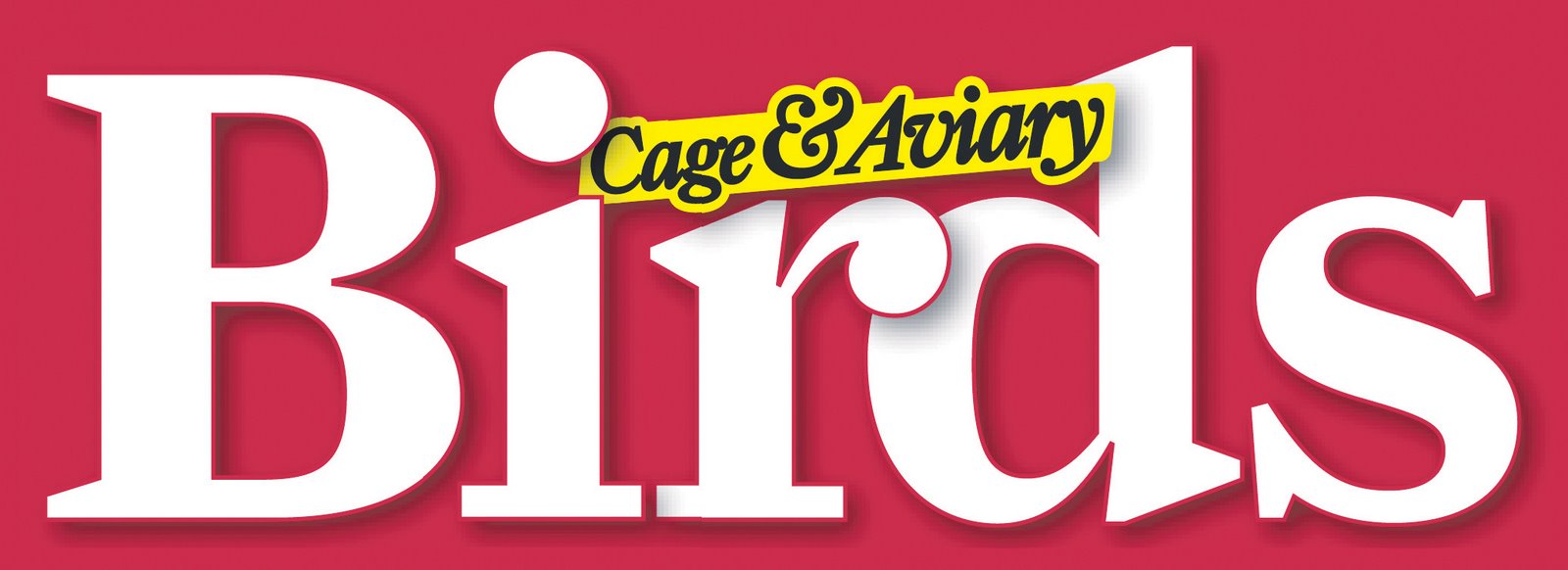Jill Lepore, chair of the History and Literature Program at Harvard University, says that the public is “easily confounded” by messages about public health and that the scientific community and media have a duty to act responsibly.
Writing in the June 1 issue of The New Yorker, Ms Lepore traces the history of the furore over a psittacosis outbreak that gripped the USA in January 1930.
She says it began when one Simon S. Martin bought a parrot for his wife for Christmas. The bird died, and soon Mr Martin, his wife and daughter became seriously ill. They were diagnosed with “parrot fever” and within 48 hours, epidemiologists from across the USA had arrived on the scene, and newspapers were running the story.
On January 6, Dr Charles Armstrong, from the Hygenic Laboratory in Washington, was appointed head of the investigation. Lepore claims that, for the sake of Armstrong’s research, it was a case of the bigger the outbreak the better; a nationwide sweep was conducted to find purchasers of recently imported parrots. But by January 15 newspapers had grown sick of the story and had turned it into a national joke.
In a radio interview last week, Ms Lepore said: “They sold lots of newspapers by blaring headlines that reported deaths that turned out to actually have been due to pneumonia, for instance.
“And [they] reported death counts and issued post mortems where no autopsy had been conducted. But within days, newspapers suddenly turned around and were telling parrot jokes.”
Ms Lepore says a pro-parrot lobby formed which insisted that the parrot fever had been brought about by the imagination of a journalist. But, in late January, scientists too began dying and Charles Armstrong himself was admitted to the hospital with a fever – although he later recovered.
Later, in a report, he wrote that there had been a total of a 169 cases of psittacosis nationwide and 33 deaths.
“It’s a great cautionary tale about how easily confounded the public is about messages that are sent by the scientific community and public health community and from the media,” said Ms Lepore.
“The parrot fever outbreak made a good story, the parrot fever jokes made good jokes, but neither of them actually bore much resemblance to the facts of the matter.”




